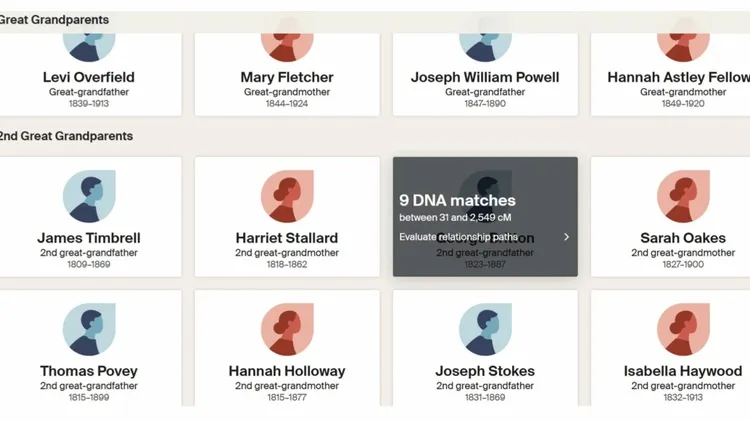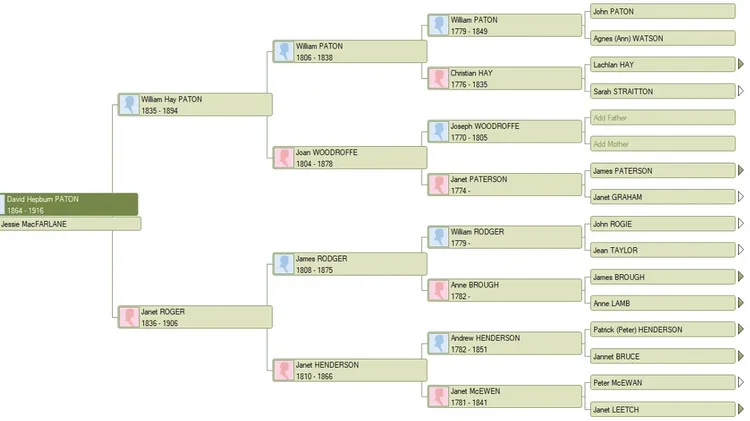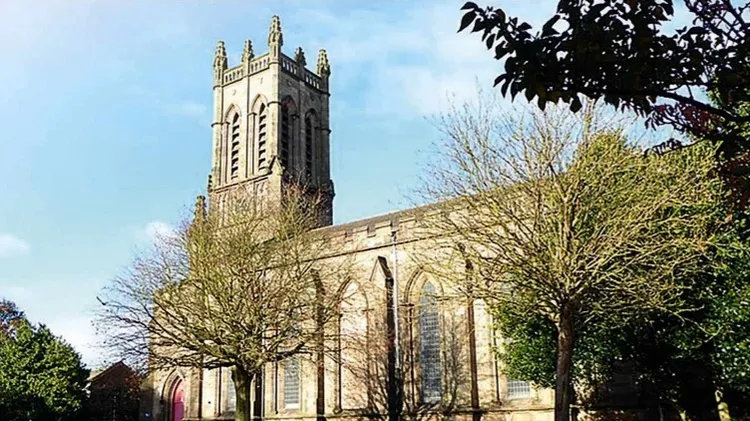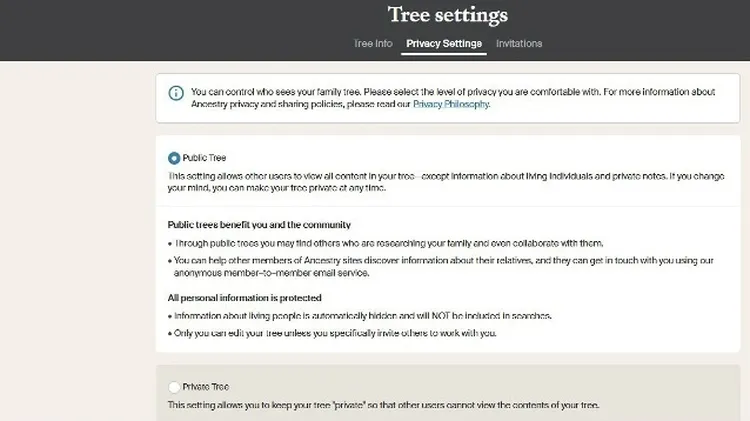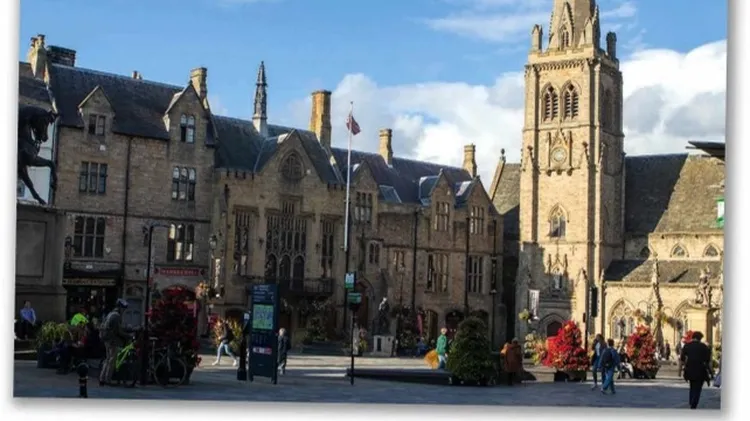It can be tempting to duplicate the information you find in another researcher�
Risky business
3 min read
This article is from...
Read this article and 8000+ more magazines and newspapers on Readly

